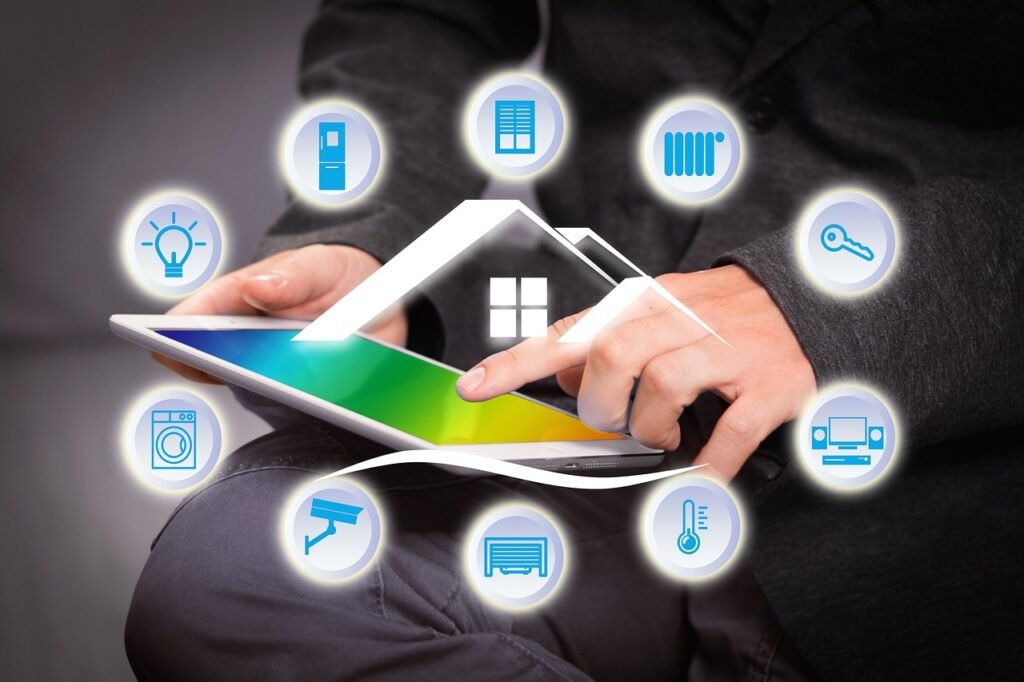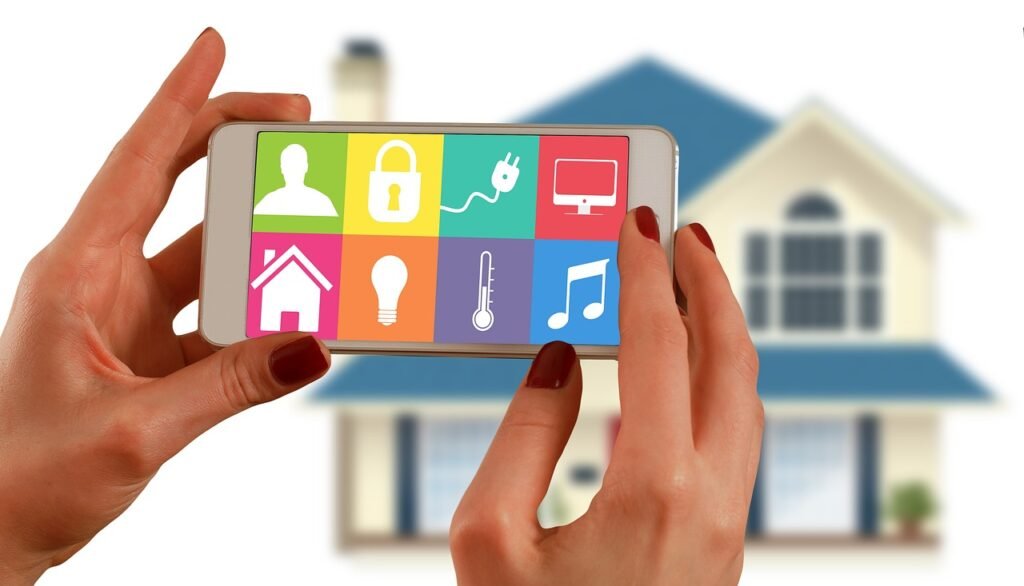
Introduction to Smart Home Technology
Smart home technology refers to a suite of devices and systems that can be controlled remotely, increasing convenience, security, and energy efficiency in your home. The evolution of smart home technology began in the early 2000s when home automation systems started to gain traction, utilizing basic remote control functions. As technology advanced, particularly with the growth of the internet, these systems became increasingly sophisticated, allowing for seamless integration and unprecedented control over home environments through smartphones and other smart devices.
Today, smart home technology encompasses a wide range of products and services that enhance daily living. Common categories of smart home devices include smart lighting, which offers homeowners the capability to customize brightness and color settings while also providing energy savings. Security cameras play a crucial role in home safety, allowing for real-time surveillance and alerts, and contributing to a heightened sense of security for residents. Smart thermostats offer an intelligent solution for heating and cooling, adapting to users’ habits and optimizing energy usage efficiently.
Home assistants serve as the central hub for smart home systems, enabling users to control an array of connected devices through voice commands or smartphone applications. These tools create an integrated ecosystem, streamlining tasks and fostering a more interactive experience between homeowners and their environments. The implementation of smart home technology not only offers significant convenience but also leads to cost savings by optimizing energy consumption and enhancing security measures.
Understanding the potential applications of smart home technology sets the stage for an informed exploration of specific gadgets designed to improve residential living. In this blog post, we will delve into various smart home products and discuss their features, benefits, and integration tips, enriching the journey toward a more connected and efficient home.
Top Smart Home Gadgets of 2024
As we see the end of 2024, several smart home gadgets have emerged as frontrunners, combining the convenience, security, and efficiency of modern living spaces. Among the most notable products are smart speakers, smart plugs, and smart cameras, each offering unique features tailored to meet the diverse needs of today’s consumers.
Smart speakers, such as the Amazon Echo and Google Nest Audio, continue to be central to smart home ecosystems. Equipped with voice assistants like Alexa and Google Assistant, these devices facilitate hands-free control over various gadgets, access to information, and the ability to stream music effortlessly. Customer feedback emphasizes their reliability and ease of integration with numerous third-party smart home devices, making them a staple in many households.
Smart plugs have also gained popularity in 2024, providing users the ability to control any standard device remotely. Products like the TP-Link Kasa Smart Wi-Fi Plug allow homeowners to automate lights, appliances, and larger gadgets right from their smartphones. This not only enhances convenience but also promotes energy efficiency, as users can monitor and regulate power consumption. These devices are typically affordable, adding to their broad appeal among consumers.
Another significant category is smart cameras. Devices from brands like Ring and Arlo offer enhanced security features, including high-resolution video, night vision, and motion detection alerts. These cameras can be monitored in real-time via smartphones, providing peace of mind for homeowners. Customer reviews often highlight the clarity of video footage and the simple installation processes, making these gadgets accessible even for those less tech-savvy.
How to Integrate Smart Gadgets into Your Home
Integrating smart gadgets into your home can enhance your lifestyle by improving convenience, security, and energy efficiency. The first step in this integration process involves a thorough assessment of your existing devices and the smart technology you wish to incorporate. Start by identifying which areas of your home could benefit from automation, such as lighting, security, climate control, or entertainment systems.
Once you have a clear plan, focus on the setup of each smart gadget. Most devices come with user-friendly instructions to facilitate the installation process. For wireless devices, ensure a reliable Wi-Fi connection, as this is essential for functionality and control. Placing your smart speakers and hubs in central locations can also improve connectivity throughout your home. Additionally, consider the compatibility of your new gadgets with existing technology. Many smart devices support popular platforms like Amazon Alexa, Google Assistant, or Apple HomeKit, enabling a more cohesive ecosystem.
The next vital aspect is the use of a central hub or application for managing your smart devices. This hub acts as a command center, allowing you to control multiple gadgets through one interface. Some popular hubs include Samsung SmartThings and Hubitat, but many devices also have their own apps. These solutions not only simplify management but also enable automation routines, meaning you can program actions like turning off all lights at a set time or adjusting the thermostat when you leave home.
Lastly, security should not be overlooked when integrating smart gadgets. Utilize strong passwords and enable two-factor authentication wherever possible to protect your connected devices. Regularly updating software and firmware will also enhance security and performance. By following these steps, you can successfully incorporate smart technology into your home, making everyday tasks easier and more efficient.
Conclusion: The Future of Smart Homes

As we have explored in this blog post, the evolution of smart home technology represents a significant shift in how we interact with our living spaces. The latest gadgets not only promise enhanced convenience and efficiency but also enable homeowners to optimize their energy consumption and security. This rapid progression in smart devices is paving the way for more integrated and intelligent home ecosystems.
Looking ahead, we can anticipate several emerging trends in the smart home landscape. The integration of artificial intelligence (AI) into smart devices will likely lead to more personalized home automation systems that learn user behaviors and preferences. Additionally, the rise of the Internet of Things (IoT) will foster greater interconnectivity between devices, allowing for seamless communication and operation within a smart home environment. Consequently, this interconnectedness will enhance the user experience, making it easier than ever to manage and control various aspects of home life from smart hubs or mobile devices.
However, the journey to fully realize smart homes is not without its challenges. Security concerns associated with smart devices and the potential for data breaches remain pressing issues. Ensuring that our smart technology is secure will be paramount as we embrace these innovations. Furthermore, as the market becomes increasingly saturated with a variety of smart home products, consumers may struggle to discern which devices truly add value to their homes.
In recognizing these factors, we encourage readers to share their own experiences with smart home gadgets and consider the benefits of upgrading their living spaces with the latest technology. By staying informed about advancements in smart home technology, we can collectively contribute to a future where our homes are not only smarter but also more sustainable and secure.
Please note that there are product affiliate links in this blog article, and I earn from qualifying purchases you make using them!









